We did not quite expect a repeat of our Osh hotel experience in Barcelona as we found ourselves inside a large rambling apartment which we had all to ourselves since the main hostel's room were booked out for the weekend. The condition of the apartment was nowhere near that of the spanking new Osh counterpart. The water and heating systems needed a long overdue re-haul but the WiFi worked like a dream and that is all that mattered. Barcelona life intruded into the room till late in the night as we were located in the Old City within walking distance of the Gothic quarter and the old cathedrals. Darkness prevailed until well after 8 am and the single digit temperatures in the morning hour meant a late start to the day.
We had to rise early to catch our morning flight from Athens to Barcelona on a picture perfect day great for viewing the Mediterranean lands and the snowy mountains in Central Greece from a window seat. The Italian island of Sardinia looked invitingly green below. Barcelona was bathed in bright winter sunlight and the cold air awoke our senses dulled by lack of sleep. We soldiered on regardless and went out for a walking tour of Barcelona's Old City the same afternoon without even putting our feet up in our "hotel".
The falafel pita lunch fortified us to deal with the busy afternoon crowds around the University and Plaza de Catalunya. As we walked on the tree lined La Rambla that was filled with tourists, we kept a careful watch on our belongings to avoid attracting the attention of the street's famed petty criminals. But it was the sight of the flowers outside Mercat de la Bouqueria that jolted us fully awake. Our eyes (and cameras) struggled to absorb the plentiful display of colors. The produce inside the Mercat seemed to be designed to be art displays rather than to be subjected to knives and stoves. If only we were fed through our eyes rather than our mouths. The dry fruit and juice stalls would not settle for second place and we had to tear ourselves from this riot of colors so we could go and look at gray cathedrals in the Gothic quarter.
Barcelona city architecture is unique due to the Modernisme movement that was all the rage during the turn of the 20th century (1900s). It was primarily an expression of Catalan nationalism expressed through various art forms, most significantly, architecture. Several buildings in the L'Eixample (the Extension) are veritable displays of this movement. A leading exponent of Modernisme was Antoni Gaudi whose works are a combined UNESCO World Heritage site in the city. His Palau Guell, just off La Rambla, features a weird roof with tiled chimney pots. Parc Guell is an entire city park (free to visitors) architected by Gaudi with its distinctive fairy tale entrance houses, a terrace with a curved perimeter that resemble teapots (presumably to allow private conversations in a public setting) beneath which is a hall with colored tile work on the ceiling depicting the four seasons. The entrance was choked with people trying to get themselves photographed with the mosaic salamander (known as el drac or the dragon). For those who are not impressed with Modernisme, the view of the city and Mediterranean Sea beyond should make their visit worthwhile.
Gaudi's work also extended to the religious sphere with the massive Roman Catholic church, Sagrada Familia. This can be viewed from the above mentioned Parc Guell but one has to get close to really be overwhelmed (or leave hurriedly in disgust). Gaudi could only complete a small portion of the construction and work is still ongoing on the site. Were it not for the cranes, one could easily assume that the end result was the intended outcome. The building is extremely difficult to photograph. Hopefully, you can get some idea through our efforts.
The other notable architects whose works we could view are Lluis Domenech (Palau de la Musica Catalana) and Josep Puig Cadafalch (Casa Amatler, Casa de les Punxes). The addresses 35, 41, 43, 92 on Passeig de Gracia feature all these architects. The first three are close together in one city block. 41 and 43 are adjacent and seem to suffer each other's company amicably despite the marked contrast in styles. This city block is called the Manzana de la Discordia, a play of words in Spanish.
The Modernistas are long gone (followed by the likes of Picasso on the art scene) but Catalan nationalism thrives in Barcelona after years of brutal suppression during the Franco regime. To the visitor, this is palpable through the presence of signs in multiple languages.
The Picasso Museum features works from his formative years along with a few from his later period. The earlier works prove that he could paint like the masters even though he chose to follow his own style (based on which some may conclude that he could not paint). Admission is free on Sunday afternoons after 3 pm you could see the crowds lining up at this hour outside the museum.
The Barra Gothic (Gothic Quarter) is full of old-time narrow, winding streets and plazas (Spanish style with all sides surrounded by grand mansions). The Placa de Sant Jaume offers some relief in the form of a large open space with the Palau de la Generalitat (seat of the Catalonia Government) and the ajuntament (Town Hall) facing each other across the plaza. The Cathedral is a short walk away from the plaza and is built on a grand scale.
Barcelona's Olympic complex is situated next to the sea and is on top of Montjuic hill. The main stadium that contains the athletic tracks looks surprisingly small but must have allowed everyone in the stadium to have a closer look at the athletic action. On our way back from the hill we stopped at the Fundacion Joan Miro featuring works by him as well as a temporary exhibition of Jackson Pollock. The most notable exhibit was a contemporary work of "living" art - a real Mercedes crashed into a tree with the radio still on.
We left Barcelona the same way we arrived. A pre-dawn departure from our hotel to catch the Nitbus to the airport for the short 90 minute flight to Malaga in Andalusia, Southern Spain. The carrier was Ryanair and it was our first experience with the famed low cost carrier. We were informed that the airline would charge an amount that is greater than the ticket price if we showed up without printed boarding passes. We had spent a lot of time searching for cybercafes in Barcelona to print these boarding passes without which the whole point of the flight would be lost. It was also fascinating to watch the airline staff firmly enforce the single carry-on rule including the dimension limitations. Those who casually arrived with two bags or a large bag were almost reduced to tears.


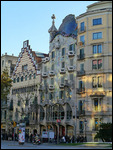
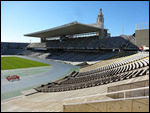

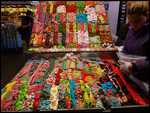

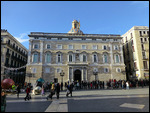
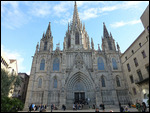

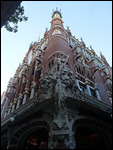
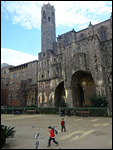
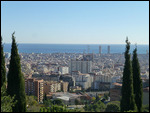
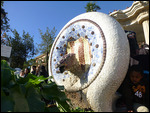


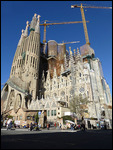
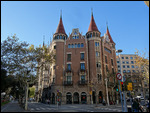

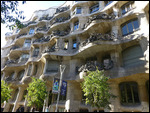
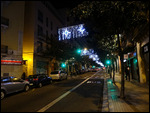

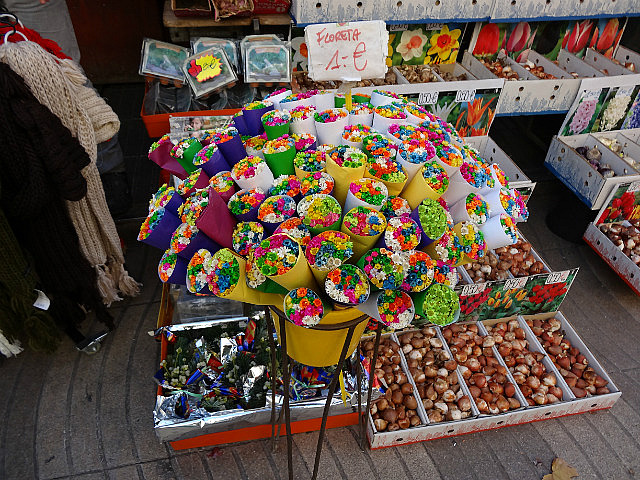
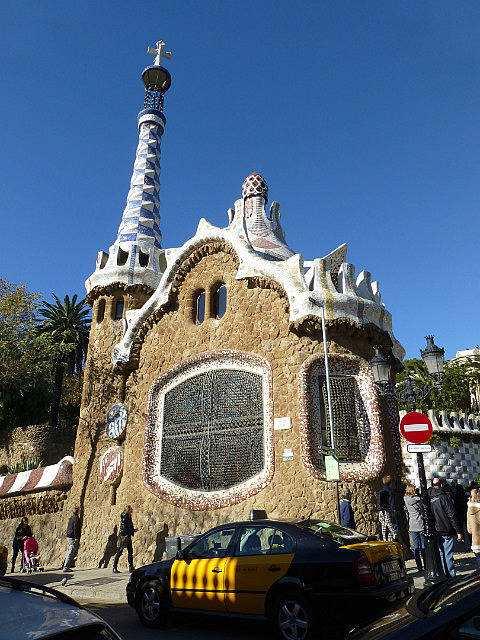
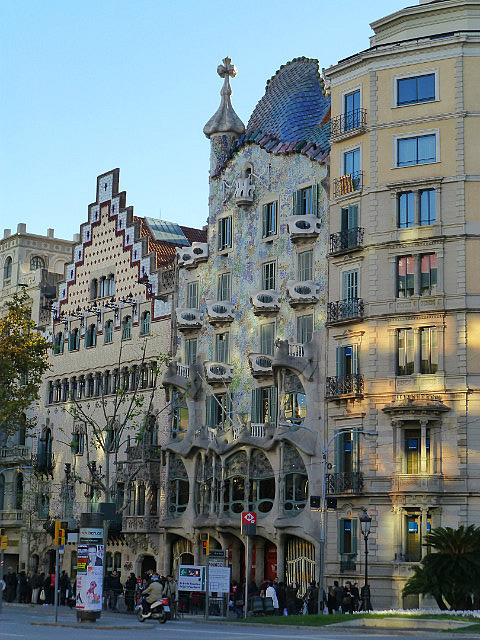
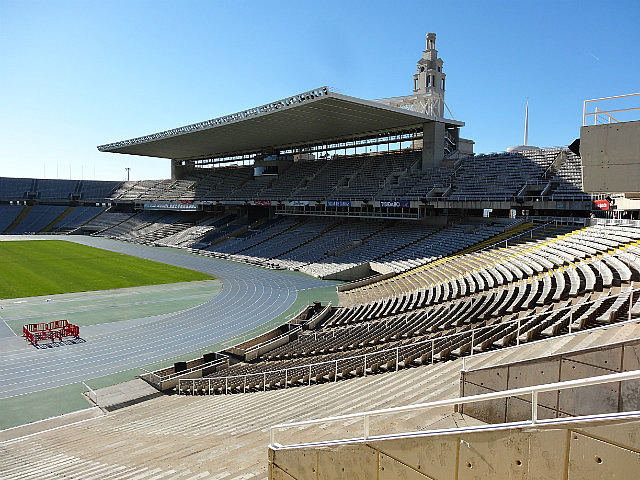
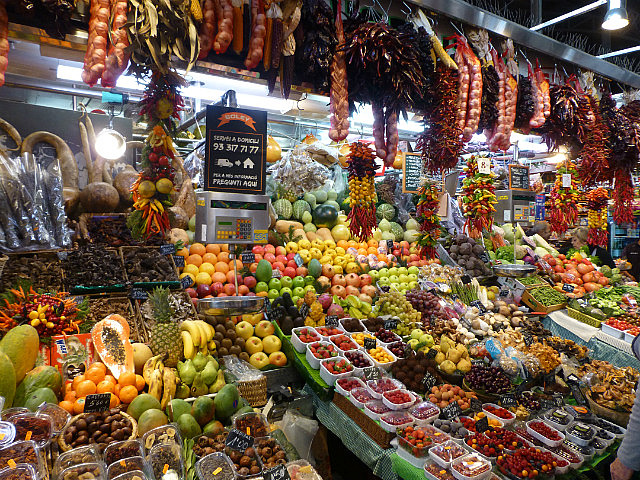
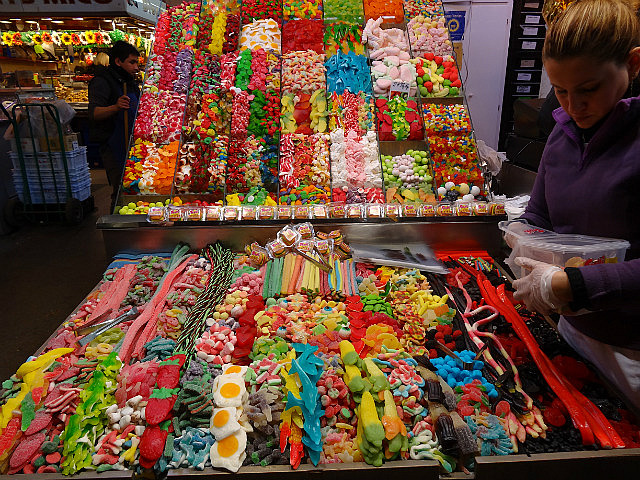

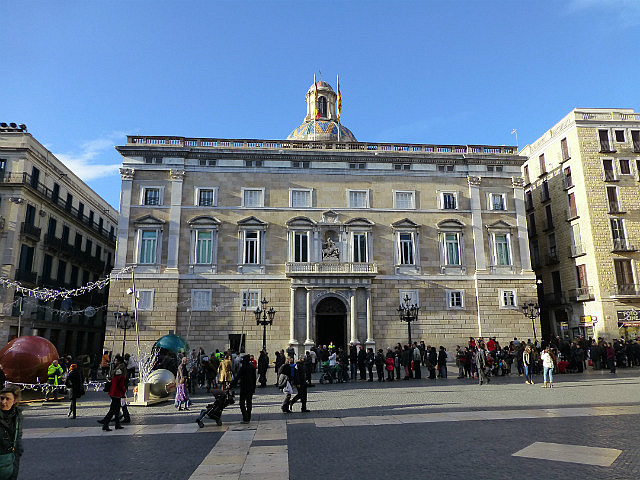
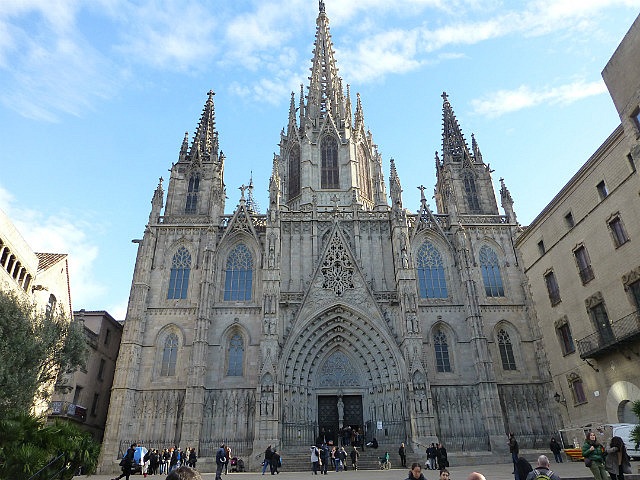
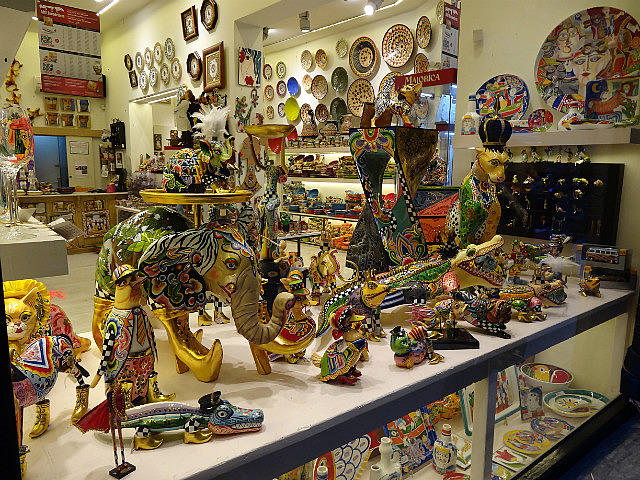
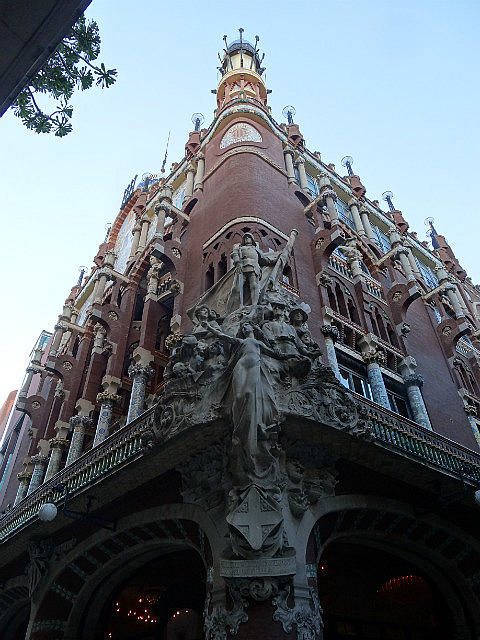



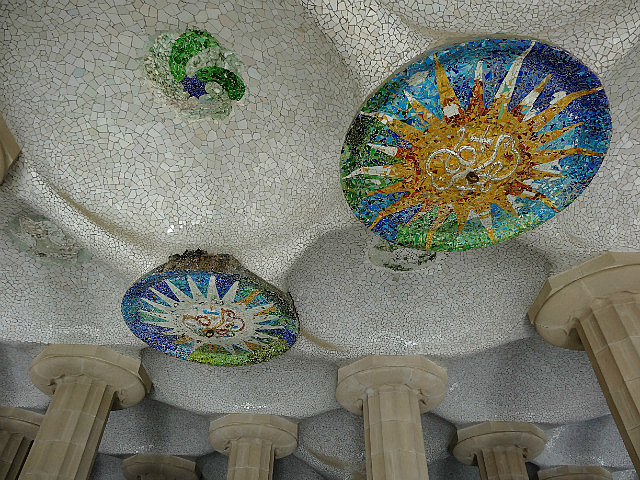
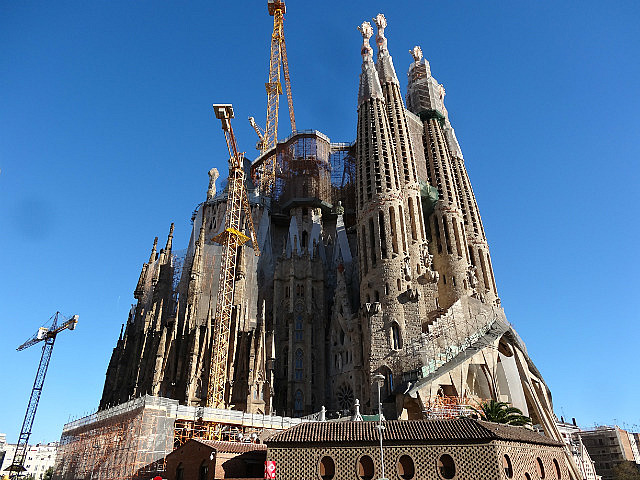
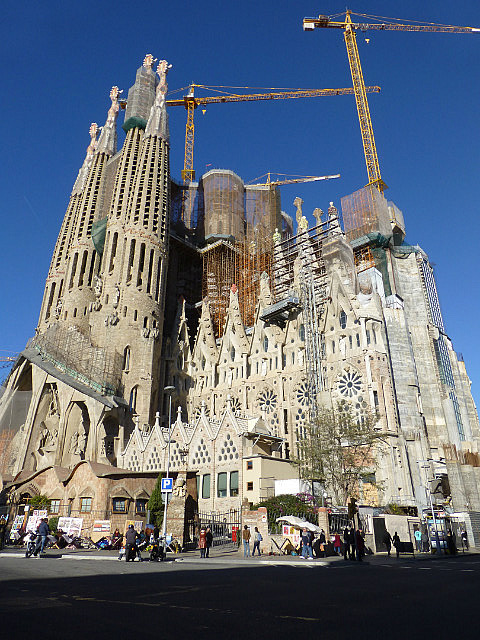

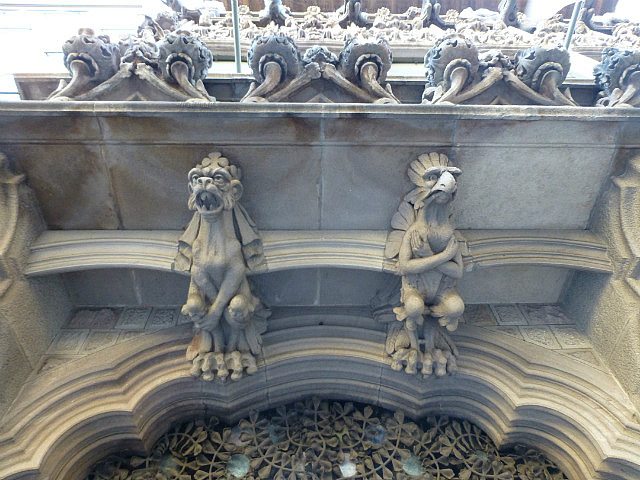


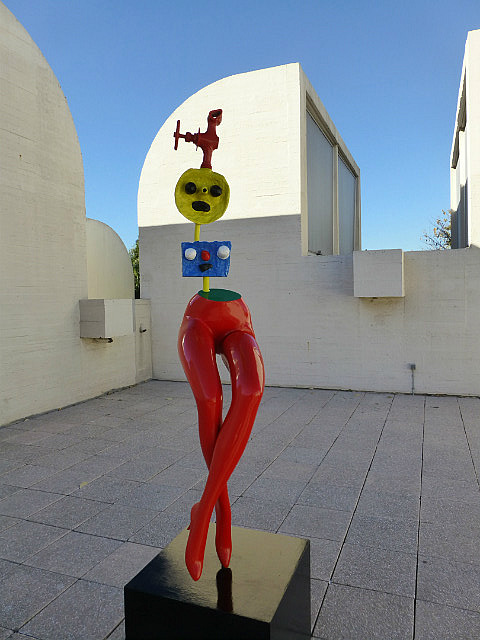
Comments